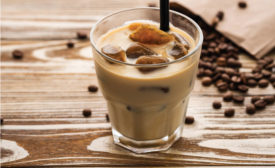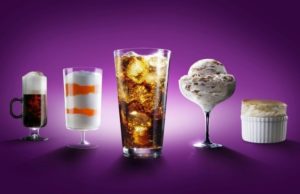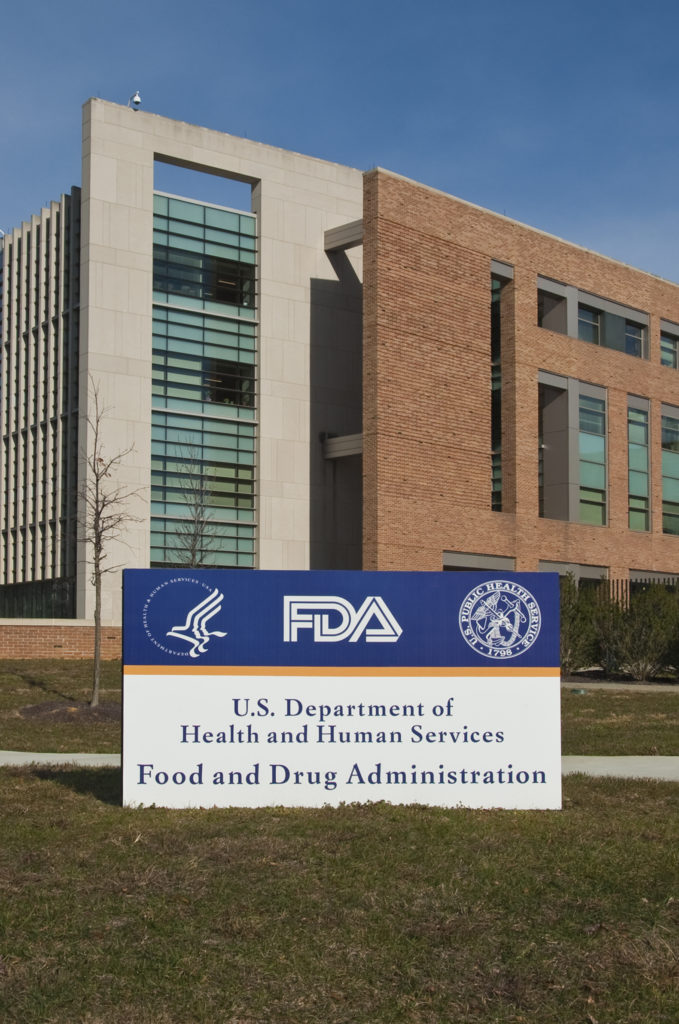
ARTICLE: Brain activity and connectivity changes in response to nutritive natural sugars, non-nutritive natural sugar replacements and artificial sweeteners
AUTHORS: van Opstal AM, Hafkemeijer A, van den Berg-Huysmans, Hoeksma M, Mulder TP, Pijl H, Rombouts SARB, van der Grond J
SOURCE: Nutritional Neuroscience, Published online July 2019 https://doi.org/10.1080/1028415X.2019.1639306
SUMMARY BY: Robyn Flipse, MS, MA, RDN
INTRODUCTION
Maintaining energy balance involves many parts of the brain that regulate the homeostatic processes related to food ingestion and the hedonic responses that signal satiety and control feeding behavior. An understanding of how different sweeteners might affect these brain functions and sweet taste cravings is of critical importance given the rising consumption of sugars and non-nutritive sweeteners over the past fifty years and the tandem increase in the incidence of obesity.
This study was designed to investigate the effects of different nutritive and non-nutritive sweeteners on whole brain neuronal activity and network connectivity when the sweeteners were ingested in shakes containing protein and fat. The hypothesis was that the nutritive, naturally-occurring sugars would elicit a response from the brain not seen after consuming the non-nutritive sweeteners due to their lack of caloric content.
BACKGROUND
The brain responds readily to the ingestion of glucose because of its quick absorption, with the glucose sensing neurons in the hypothalamus showing a homeostatic satiety response almost immediately after ingestion. Glucose ingestion also has effects on neuronal activity and functional connectivity throughout the brain areas involved in reward and feeding behavior, while circulating blood glucose levels influence the central nervous system regulation of glucose homeostasis.
Other mono- and disaccharides and low or non-nutritive sweeteners follow different metabolic pathways upon ingestion and have different effects on energy intake and regulation. Earlier findings reported by these researchers indicate that the homeostatic and hedonic responses, as measured by BOLD signal changes in the hypothalamus and ventral tegmental area (VTA), are driven by sweet taste coupled with caloric content. They also found sweet taste without caloric content, as found in non-nutritive sweeteners, did not seem to elicit a lasting response from these brain areas.
Based on these findings, this study used measurements of local BOLD changes of neuronal activity to analyze the immediate effects of nutrient ingestion on very specific areas of the brain and various functional networks involved in feeding behavior and energy balance. The networks they focused on were the default mode reflecting a baseline state of the brain that has been shown to be altered in obesity, the salience network involved in feeding behavior and reward, and the executive control network involved in decision making and impulse control.
Another method used to determine functional brain connectivity was the eigenvector centrality mapping (ECM). It can determine the level and quality of connectivity on a voxel-wise level rather than on a network level and has been shown to be correlated with states of hunger and satiety.
STUDY DESIGN
Subjects were recruited through local advertising and included 20 non-smoking Caucasian men, aged 18-25 years. All had a BMI between 20-23 kg/m2 with no recent weight changes, height between 170-190cm and weight above 70kg. Exclusion criteria included no history of disturbances in glucose metabolism, significant chronic disease or psychiatric disease.
The entire study was performed in a double-blinded, 4-times crossover design. Subjects underwent a resting state functional MRI (rsfMRI) before and after ingesting each of the four different shakes offered in a randomized sequence, with a washout period of at least one week between the four study visits. Subjective feelings of hunger, fullness, wanting a meal at baseline, and wanting to continue ingestion after first tasting and full ingestion of the shakes were indicated on a Visual Analogue Scale (VAS) consisting of a 10cm line with “not at all” and “extremely” as the anchors.
The shakes were sweetened with either the natural sugars glucose or fructose, the low-nutritive but naturally-occurring sugar allulose, or the non-nutritive sweetener sucralose. All preparations were matched to glucose for sweetness and contained equal amounts of water, sodium caseinate (.33g protein), coconut oil (5g fat), guar, and cocoa powder for flavoring. The test dosage was 165ml and had the sweetness, consistency and macronutrients similar to that found in commercially available milkshakes from fast food chains.
RESULTS
Data from this study confirm previous findings that glucose is a critical signal regulating response to food cues. Brain activity was diminished after ingesting the glucose shakes in the regions that were actively seeking reward or energy when in a fasted state. Additionally, a small decrease in voxel based connectivity was seen after glucose ingestion in the area containing the hypothalamus and VTA, which are involved in homeostatic and hedonic regulation of energy intake, and glucose was the only condition that led to a significant increase in connectivity in the salience network involved in feeding behavior, determining reward, emotional arousal and decision making.
Ingestion of the fructose sweetened shake had various effects on functional brain response, but the lack of a decrease in activity in the hypothalamus, VTA and other midbrain areas suggests fructose might not have a homeostatic and satiation effect which could affect feeding behavior. This may be due to the fact the effects of fructose on brain connectivity are delayed since it is metabolized in the liver. The low and non-nutritive sweeteners allulose and sucralose had little to no effect on the functional brain responses measured.
These findings indicate shakes with little energy from carbohydrates had no immediate effect on the activity of the brain areas involved in feeding behavior, even though the fat and protein in the shakes did deliver a significant amount of total energy. It further suggests that sweet taste without the presence of carbohydrates does not lead to the activity changes measured with fMRI often associated with satiety. This is consistent with other research that shows sweet taste without energy content does not lead to a lasting decrease in hypothalamic activity.
CONCLUSION
These findings show that even in mixed meals, different types of sweeteners can elicit different brain responses that might, in turn, affect feeding behavior. Nutritive sweeteners elicit a reaction from the brain that could have effects on feeding behavior and reward. Because non-nutritive sweeteners elicited little to no effect, they might not have effects on feeding behavior, neither positive nor negative. Therefore, with regard to regulating energy balance and feeding behavior, non-nutritive sweeteners could be used as neutral replacements for nutritive sugars.

Robyn Flipse, MS, MA, RDN is a registered dietitian, cultural anthropologist and scientific advisor to the Calorie Control Council, whose 30+ year career includes maintaining a busy nutrition counseling practice, teaching food and nutrition courses at the university level, and authoring 2 popular diet books and numerous articles and blogs on health and fitness. Her ability to make sense out of confusing and sometimes controversial nutrition news has made her a frequent guest on major media outlets, including CNBC, FOX News and USA Today. Her passion is communicating practical nutrition information that empowers people to make the best food decisions they can in their everyday diets.Reach her on Twitter @EverydayRD and check out her blog The Everyday RD.





